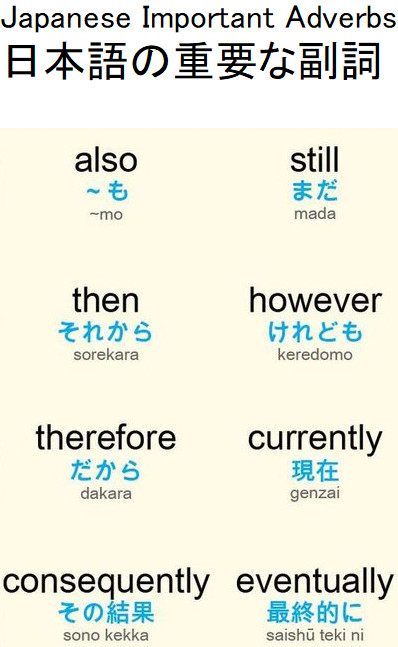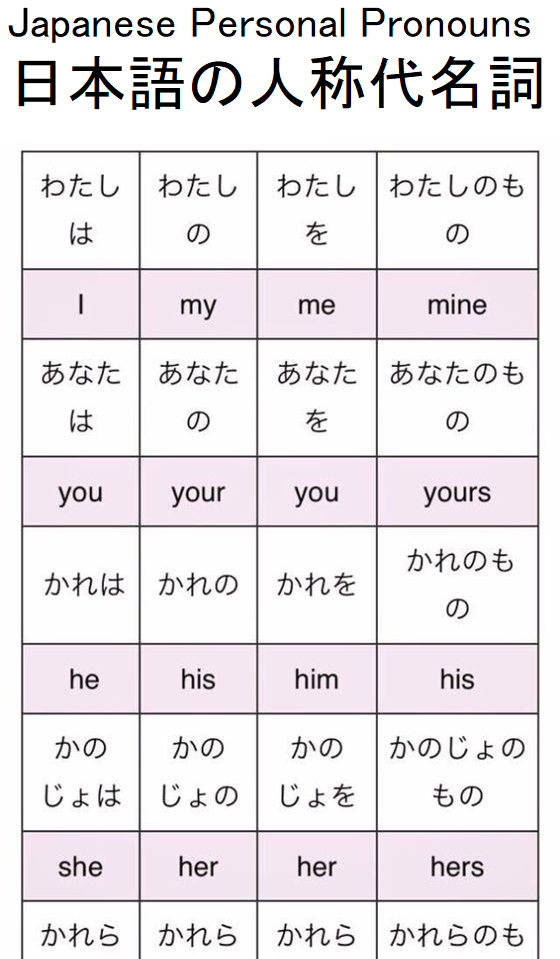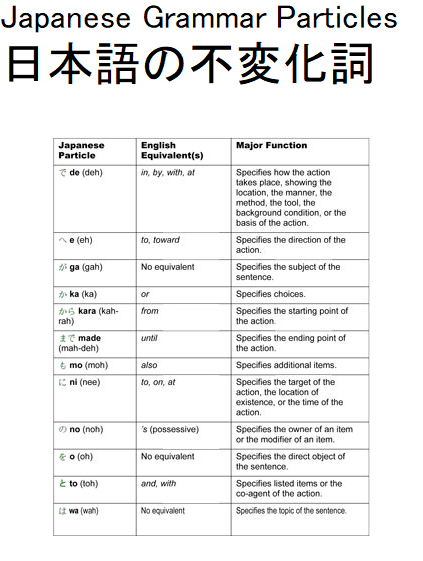"The B1M" Channel on Youtube shows one of the most important pieces of concrete in Japan.
Keep in mind, the geophysical effects that Japan has. Portions of northeastern Japan shifted by as much as 2.4 metres (7 ft 10 in) closer to North America, making some sections of Japan's landmass wider than before. Those areas of Japan closest to the epicenter experienced the largest shifts. A 400-kilometre (250 mi) stretch of coastline dropped vertically by 0.6 metres (2 ft 0 in), allowing the tsunami to travel farther and faster onto land. One early estimate suggested that the Pacific plate may have moved westward by up to 20 metres (66 ft), and another early estimate put the amount of slippage at as much as 40 m (130 ft). On 6 April the Japanese coast guard said that the quake shifted the seabed near the epicenter 24 metres (79 ft) and elevated the seabed off the coast of Miyagi Prefecture by 3 metres (9.8 ft).
The 9.1-magnitude (Mw) undersea megathrust earthquake occurred on 11 March 2011 at 14:46 JST (05:46 UTC) in the north-western Pacific Ocean at a relatively shallow depth of 32 km (20 mi), with its epicenter approximately 72 km (45 mi) east of the Oshika Peninsula of Tōhoku, Japan, lasting approximately six minutes.
Youtubeの「TheB1M」チャンネルは、日本で最も重要なコンクリートの1つを示しています。
日本が持つ地球物理学的影響を覚えておいてください。日本北東部の一部は、北米に2.4メートル(7フィート10インチ)も近づき、日本の陸地の一部が以前よりも広くなりました。震源地に最も近い日本のこれらの地域は、最大の変化を経験しました。 400キロメートル(250マイル)の海岸線が垂直方向に0.6メートル(2フィート0インチ)下がったため、津波はさらに速く陸地に移動することができました。ある初期の推定では、太平洋プレートが最大20メートル(66フィート)西に移動した可能性があり、別の初期の推定では、滑りの量は最大40メートル(130フィート)でした。 4月6日、日本の沿岸警備隊は、地震により震源近くの海底が24メートル(79フィート)移動し、宮城県沖の海底が3メートル(9.8フィート)上昇したと述べた。
マグニチュード9.1(Mw)の海底巨大地震は、2011年3月11日14:46 JST(05:46 UTC)に、太平洋北西部の比較的浅い深さ32 km(20 mi)で発生し、震源地は約日本の東北地方太平洋沖地震の牡鹿半島の東72km(45マイル)、約6分間続きます。












